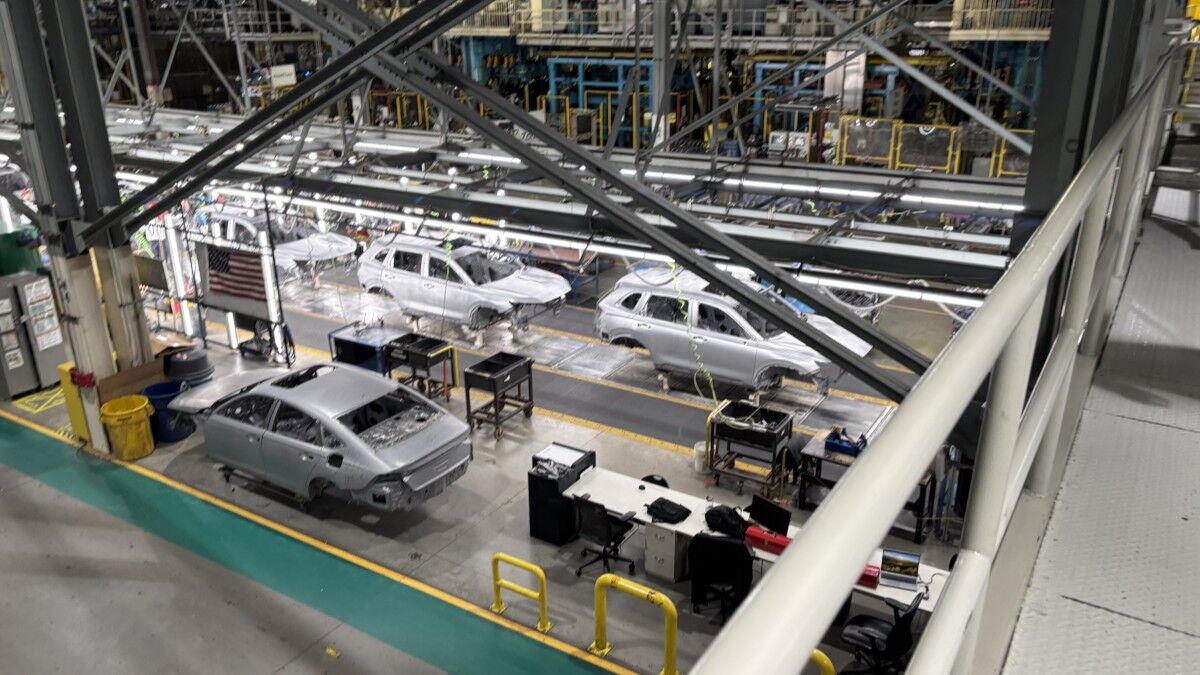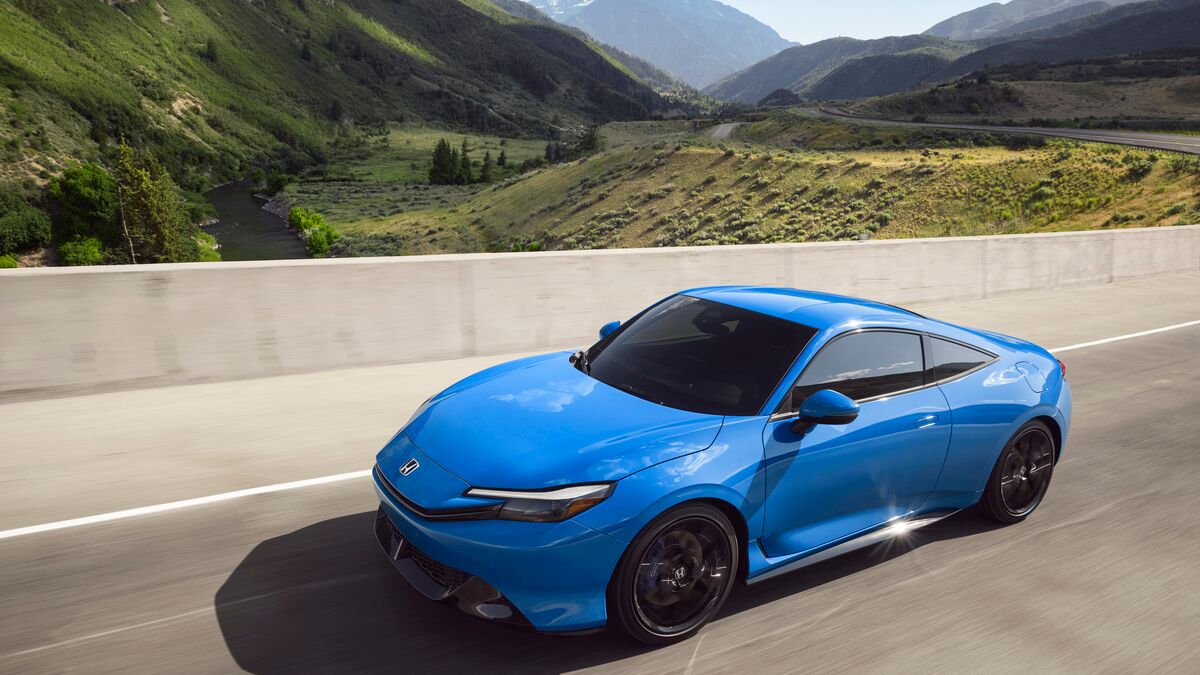Whatever you make of the company’s bubble-like cars and mercurial, highly-political CEO, there’s no doubt that Tesla has radically changed how the auto industry builds and sells cars.
It may now be retreating from one of its biggest innovations. Reuters reports that Tesla “has backed away from an ambitious plan for innovations in gigacasting, its pioneering manufacturing process.” The news agency cites “two sources familiar with the matter.”
Tesla Pioneered Three Industry-Changing Innovations
The auto industry before and after Tesla looks radically different. But the changes boil down to three innovations.
One is obvious – Tesla made electric cars mainstream. The company built the first reliable nationwide charging network, and made electric vehicles (EVs) seem innovative and cool. Its success tempted every other automaker into the market. Tesla now sees its market share shrinking as more competitors show up. Kelley Blue Book parent company Cox Automotive says 51% of the EVs sold in America last quarter were Teslas, down from about three quarters two years ago.
A second is less visible but may prove just as historic. When Tesla launched, laws in most states made it illegal for automakers to sell cars without using a dealership as a middleman. Heavy lobbying efforts saw Tesla change those laws in many — but not all — states.
That lets the company set flat prices for cars, sell them directly, and keep all of the profit. Other startups since have mostly copied Tesla’s methods. Legacy automakers with established partnerships with large dealership networks haven’t. But some have suggested they might, fueling new negotiations with dealers over how to proceed.
The third innovation is less obvious. Tesla builds cars every year out of fewer and fewer parts.
What Is Gigacasting?
The word itself is marketing nonsense. Giga is a prefix meaning billion, and gigacasting doesn’t involve a billion of anything. CEO Elon Musk just likes to attach the prefix to words – his factories are gigafactories, too.
But gigacasting is the process of stamping a car’s unibody frame out of very few, very large parts.
Most car frames are built of hundreds of parts fastened and bonded together in thousands of places. Tesla started out building cars that way, too. But, over time, the company has used huge “giga press” machines to stamp much larger pieces rather than assembling many smaller parts together.
It speeds manufacturing and results in a car with minimal vibration issues.
But the process is not without problems – mainly that even minor damage can necessitate replacing a full third of a car’s structure. The unique structure of Teslas has caused many insurers to write off cars as total losses after light damage.
But it’s been effective enough for Tesla that Toyota – a historical hero of efficient manufacturing whose processes have been studied worldwide for decades – shocked the automotive world last year with plans to copy it.
Tesla Isn’t Stopping, But It Won’t Progress Any Further
Tesla isn’t going back to assembling cars the old way. Instead, Reuters reports, it’s giving up on a long-held plan to take gigacasting further.
“Last year, as Tesla developed a new small-vehicle platform, it aimed to punch out the underbody in a single piece,” Reuters reports. Now, Reuters says “Tesla has since halted the effort, opting to stick with its more proven method of casting vehicle underbodies in three pieces.”
Giving up on it is part of giving up on the Model 2.
Tesla Is Rapidly Changing
Tesla suffered a poor first quarter by its standards. A bad quarter for Tesla still means selling more EVs than anyone else.
But the company has lost ground as long-established automakers move into the EV market. It’s under pressure internationally from a slate of rapidly improving Chinese EVs. China’s BYD briefly overtook Tesla as the world’s largest EV producer for one quarter last year. Chinese EVs even threaten China’s home market, with one recent survey finding many American EV shoppers intrigued by Chinese options not yet available for sale in the U.S.
Tesla is responding by pulling back, not just from gigacasting, but from selling consumer cars altogether.
Musk used a first-quarter earnings call with investors to recast the company as, not an automaker, but an automation company. He backed away from plans to build a smaller, less expensive car called the Model 2.
Instead, he said, future profits would come from a planned fleet of robotaxis and less-expensive cars built on the platform underlying the Model Y and Model 3.
That fits with Reuters’ report. The Model Y/Model 3 platform is three pieces. The Model 2 was planned as just one.
The company also reportedly laid off the team that built its nationwide charging network and the team designing future cars.
Still the Leader in the Process
The news may frustrate some longtime Tesla investors, who tend to want to see constant innovation. But it may be the right business decision.
Holding off on one-piece casting, Reuters notes, would save Tesla from making expensive investments in new factory equipment. And, unless Toyota catches up and bypasses it in large casting research, Tesla remains the only automaker building a vehicle’s structure from just three parts.







